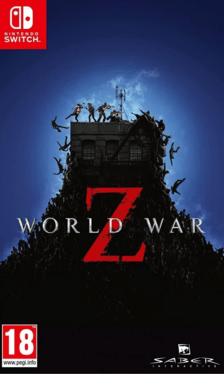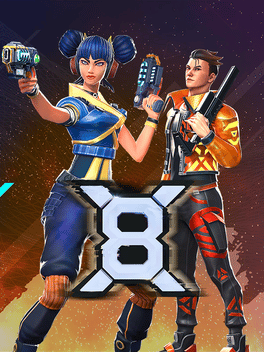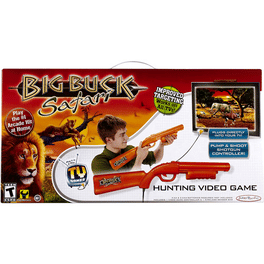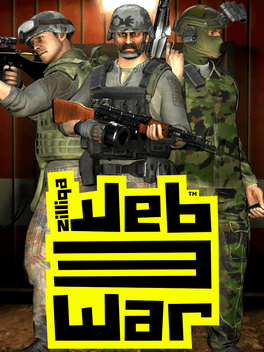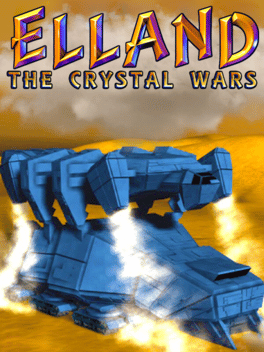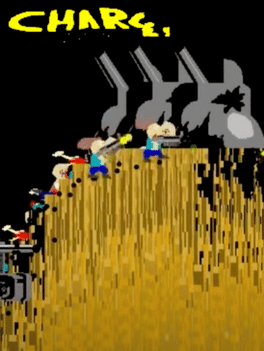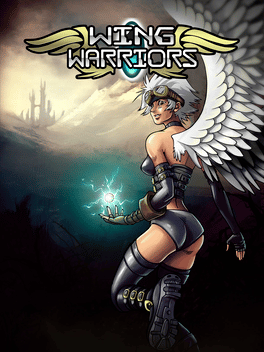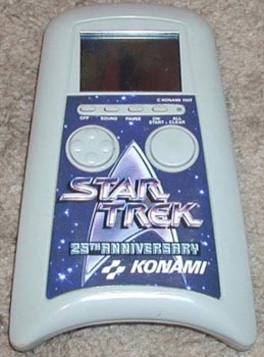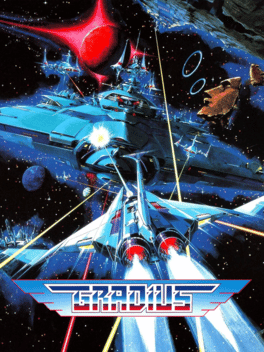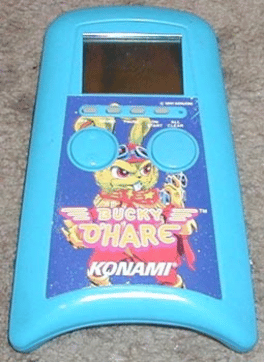Most Popular Shooter Games - Page 320
-
World War Z: Deluxe Edition
2021
World War Z is a third-person shooter inspired by the 2013 movie of the same name. The game focuses on four-player cooperative combat in story-driven missions against large numbers of zombies. Other human survivors can also be fought in Player vs Player vs Zombies competitive modes. The game launched with six different character classes with their own upgrades and weapons and persistent levelling. The included classes are Exterminator, Fixer, Gunslinger, Hellraiser, Medic and Slasher. -
L.S.S II
2021
L.S.S II
2021
L.S.S the fast paced wave shooter returns with all new game mechanics and enemy types to make the game even faster! -
X8
2023
X8
2023
A digital cataclysm has forced a reboot of all contemporary shooters. Heroes from different FPS franchises find themselves crossing paths back to their common ancestor game engine. They will compete to restore their source worlds and each rebuild their path home. -
Timepunk
2025
Timepunk
2025
Stuck in the past with a portal gun? Rock some dinosaurs, collect their matter, travel forth in time, kick some knightly ass in the medieval times, decide if you want to prevent or cause World War II, and blast your way back to get to the Society of Time in this crazy bullet hell roguelike! -
Zombie Hunter Video Game
Zombie Hunter Video Game is a plug-n-play shotgun TV game based on AMC's The Walking Dead series released in 2012 by Jakks Pacific and developed by Merge Interactive. -
Big Buck Safari
2011
Big Buck Safari
2011
Big Buck Safari is Plug It In & Play TV Hunting video game based off the Play Mechenix arcade game released by Jakks Pacific in 2011 two years after the Big Buck Hunter Pro TV game. -
Big Buck Hunter Pro
2009
Big Buck Hunter Pro
2009
Big Buck Hunter Pro is a deluxe hunting TV game based off the arcade game of the same name by Play Mechanix. Released in 2009 by Jakks Pacific and delovped by SuperHappyFunFun. A two player version was also released with the controllers green and orange. In 2011, The TV game was discontinued afterwards and a sequel was released called Big Buck Safari. In 2012 it was sold again only from April 2th to December 24th. The game is just a Big Buck Hunter Pro arcade port where you just shoot down bucks and not the does. You play either 1 trek or 3 treks hunting adventure. There's also minigames you play at the end of your hunting adventure. -
Atari
2002
Atari
2002
The Atari Joystick Controller TV Video Game System was made in 2003 in Jakks Pacific's Plug It In & Play TV Games plug-n-play game system lineup. The device itself is designed to look like the joystick used on the Atari 2600. -
Web3War
2024
Web3War
2024
Web3War, the multiplayer shooter developed by Roll1ng Thund3rz and incubated by Zilliqa, delivers an exciting and competitive FPS experience that rivals the top shooting games on the market. The game offers action-packed gameplay, tactical maps, custom load-outs, weapon skins, progression, and many more of the features found in many of the best FPS games. Web3War also uses blockchain technology to allow players to earn valuable rewards from playing the game. Unlike most other Web3 games, -
Elland: The Crystal Wars
2022
After 20 years, experience the never-before-released Game Boy Advance game Elland: The Crystal Wars. As an ace raptor pilot, protect the Gatherers as they harvest the precious Crystal from the remote desert world of Elland from the vicious forces of the Trafford Corporation. -
Charge!
2014
-
Wing Warriors
2015
Wing Warriors
2015
Wing Warriors is a fast paced shoot ‘em up, featuring three playable characters that promote different strategies as you try to conquer the game’s six stages and three boss battles. The game also features a score saving feature, and is playable in English, French, and Spanish. -
Gradius
1989
-
Bucky O'Hare
1991
